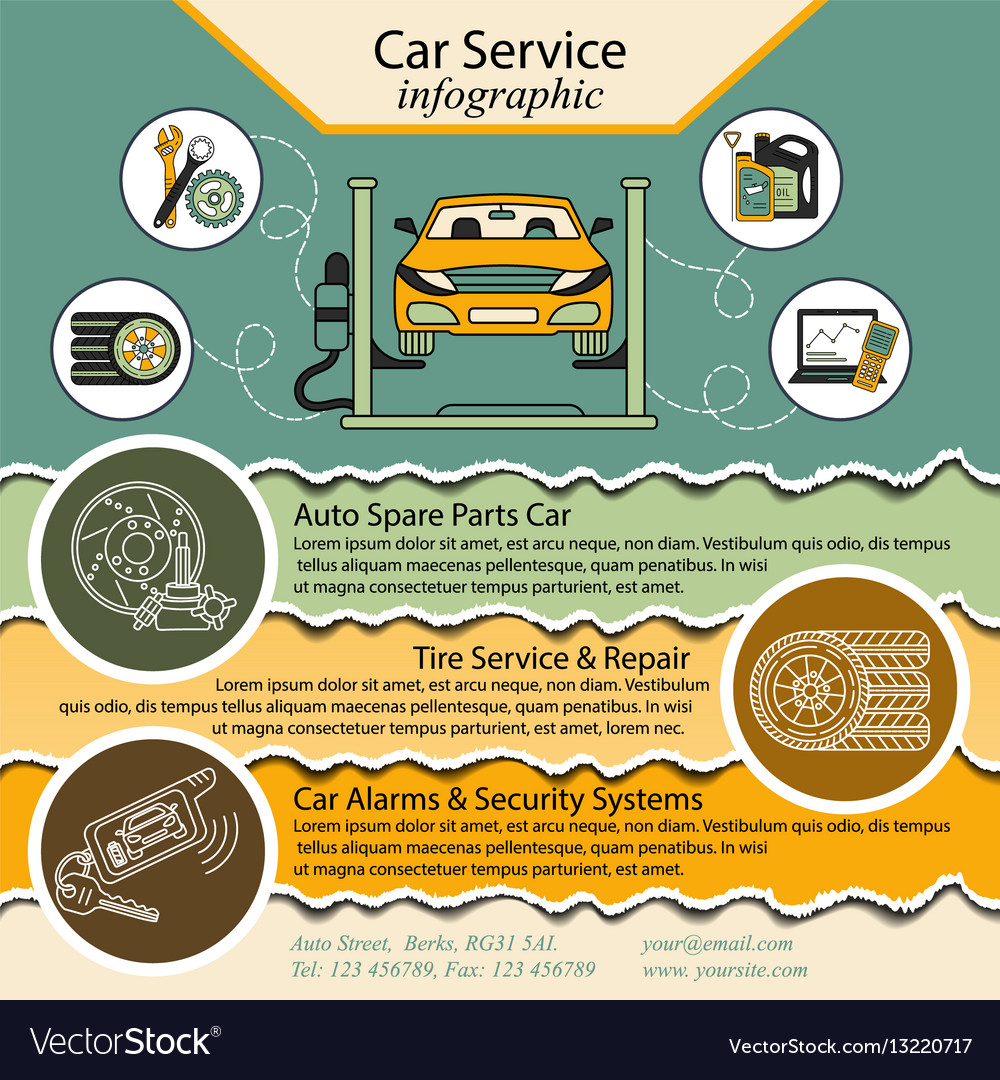Interpreting Your Car'S Alert Lights: Their True Ramifications
Interpreting Your Car'S Alert Lights: Their True Ramifications
Blog Article
Material By-Lim Gilbert
When you're behind the wheel, those beautiful warning lights on your dashboard can be a bit perplexing. Do you understand what they're attempting to inform you about your automobile's health? Understanding the significance of these lights is essential for your safety and security and the long life of your automobile. So, the following time one of those lights pops up, would not you intend to decode its message accurately and take the needed steps to address it?
Common Caution Lighting and Interpretations
Recognize common warning lights in your automobile and comprehend their definitions to make sure secure driving.
The most normal caution lights include the check engine light, which signals concerns with the engine or emissions system. If this light begins, it's vital to have your automobile examined without delay.
The oil stress advising light indicates low oil pressure, calling for prompt focus to prevent engine damage.
A flashing battery light may recommend a defective charging system, potentially leaving you stranded if not addressed.
The tire stress monitoring system (TPMS) light notifies you to reduced tire stress, affecting automobile security and gas effectiveness. Disregarding this could cause harmful driving problems.
The ABS light shows a problem with the anti-lock braking system, endangering your capacity to quit quickly in emergencies.
Finally, the coolant temperature warning light warns of engine getting too hot, which can result in serious damage if not resolved quickly.
Comprehending these common warning lights will help you deal with issues promptly and keep risk-free driving problems.
Relevance of Prompt Focus
Understanding the usual caution lights in your cars and truck is only the very first step; the significance of without delay attending to these warnings can not be highlighted enough to ensure your security when driving.
When a warning light illuminates on your dashboard, it's your car's means of connecting a possible issue that needs attention. Disregarding these cautions can lead to extra extreme issues in the future, compromising your security and potentially costing you more out of commission.
Prompt focus to advising lights can prevent break downs and accidents. As an example, a blinking check engine light could suggest a misfire that, if left ignored, might trigger damage to the catalytic converter. Resolving this quickly can conserve you from a pricey repair work.
Similarly, a brake system alerting light might indicate low brake fluid or used brake pads, essential elements for your safety and security when driving.
DIY Troubleshooting Tips
If you notice a caution light on your dashboard, there are a couple of DIY troubleshooting suggestions you can attempt before looking for specialist assistance.
The initial step is to consult your automobile's handbook to understand what the certain caution light suggests. In some cases the problem can be as simple as a loose gas cap setting off the check engine light. Tightening up the gas cap might deal with the problem.
Another usual concern is a reduced battery, which can cause various alerting lights. Inspecting car hand wash for corrosion and guaranteeing they're protected could fix the problem.
If a warning light continues, you can try resetting it by separating the cars and truck's battery for a couple of minutes and after that reconnecting it. Additionally, examining your automobile's liquid degrees, such as oil, coolant, and brake liquid, can help troubleshoot cautioning lights connected to these systems.
Conclusion
Finally, understanding your vehicle's caution lights is vital for maintaining your car running efficiently and securely. By quickly attending to these notifies and recognizing what they mean, you can prevent expensive repair services and potential breakdowns.
Keep in see this page to consult your vehicle's handbook for particular information on each cautioning light and take action as necessary to ensure a hassle-free driving experience.
Remain educated, remain safe when traveling!
